The lovilees at Woolworths recently paid the Ngwenya Glass Factory in Swaziland a visit and shared some interesting photos of the process that is used in making their handmade items. Each item made at Ngwenya Glass are made from 100% recycled glass, an environmentalist’s dream.
Most of the glass used is from soft drink bottles, gathered from all over Swaziland . Not only are the people of Swaziland encouraged to collect the bottles, but Ngwenya Glass works with the local schools to instil in the children a sense of environmental awareness. In exchange for building materials and the sponsorship of the soccer team, the students must participate in roadside clean-up campaigns.
How did the factory come about?
This unique story unfolded in 1979. A glassblowing factory called Swazi Glass Craft (trading as Ngwenya Glass) was set up as a Swedish Aid Project. The Swedes imported all the machinery and equipment, built the original factory, and employed and trained Swazi’s in the age-old art of glassblowing. Two of the most talented glassblowers were sent to Sweden to the world renowned Kosta Boda glassworks where they learned from leading artisans. In 1981 the Swedes handed over the factory to Swaziland Small Enterprise Development Corporation.
But unfortunately, four years later the factory ceased production. In June 1987, the factory was re-opened by Richard, Alix and Chas Prettejohn. Since its rebirth, Ngwenya Glass has been more than an inspiring success story. Ngwenya Glass is proof that business success and commitment to protecting the environment can, indeed, be a winning combination.
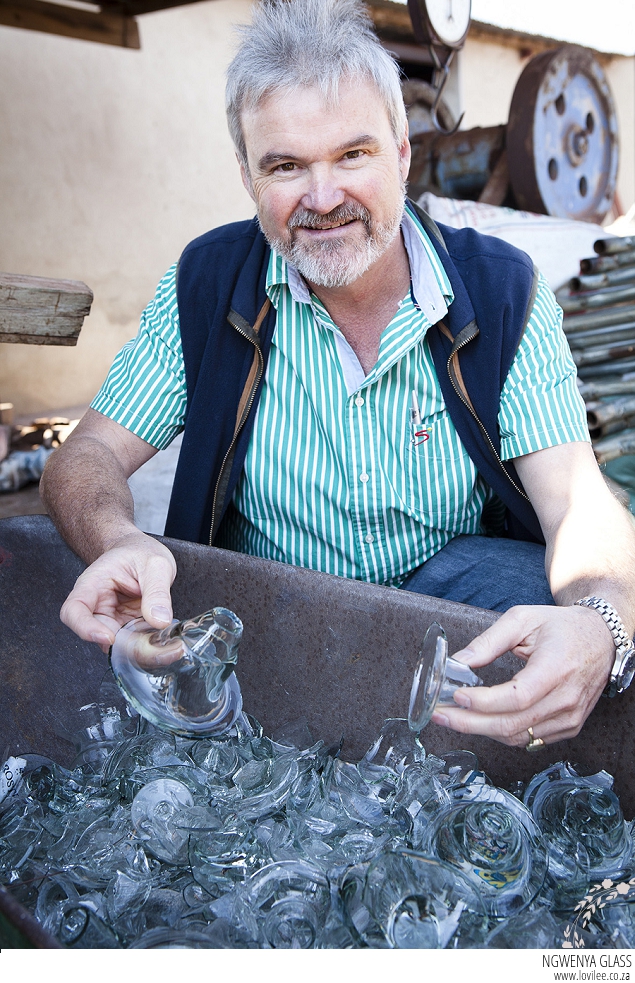
Sibusiso Mhlanga Master Glassblower
Sibusiso Mhlanga first started glassblowing in 1979 when Ngwenya Glass was first opened by a Swedish Aid company. He spent 9 months in Sweden training at the world famous Kosta Boda glassworks in Kosta. Here he learned to speak Swedish and was under the tutorship of one of the worlds greatest glassblowers – Jan Erik Ritzman.
On returning to Swaziland , Sibusiso became the production manager, but due to financial problems the company closed down in 1985. After much coaxing Sibusiso joined the Prettejohn family and together they became a formidable team! He has since trained the entire workforce of 60 people, including blowers, grinders and packers. Sibusiso has visited Jan Erik on a number of occasions in his small studio in Transjo just outside Kosta in Southern Sweden. Here we see him in action:
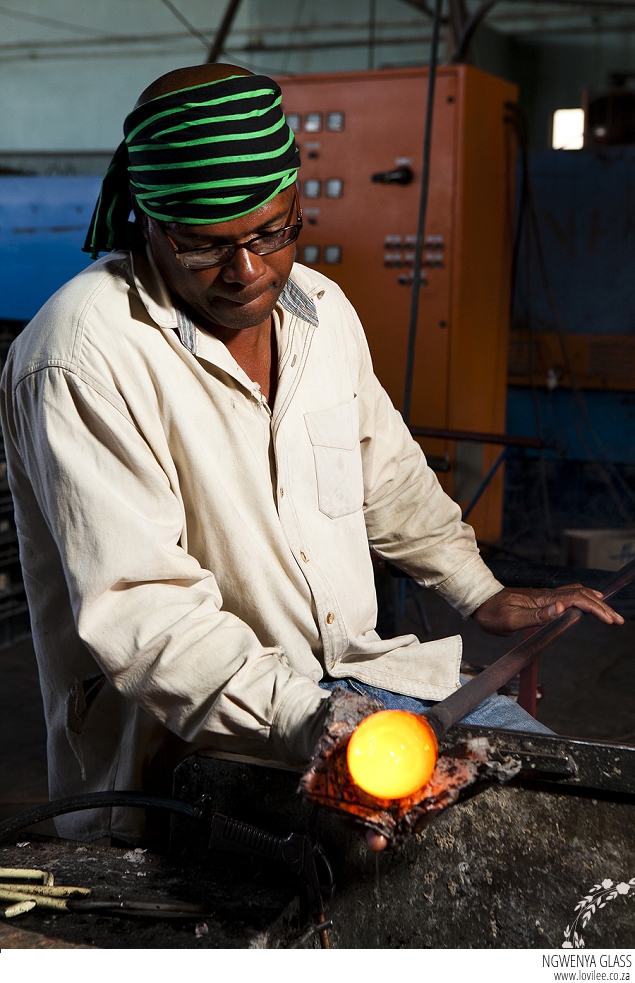

Here with some more interesting images of some of the other glassblowers at the factory.
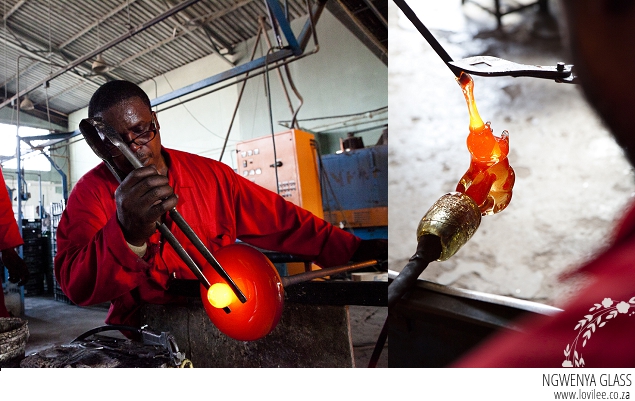
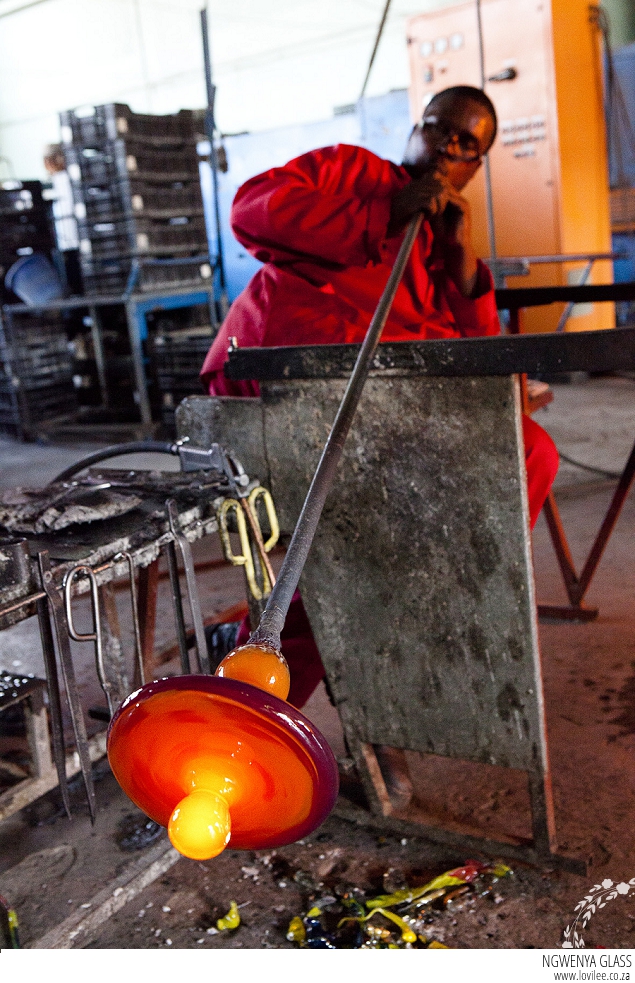
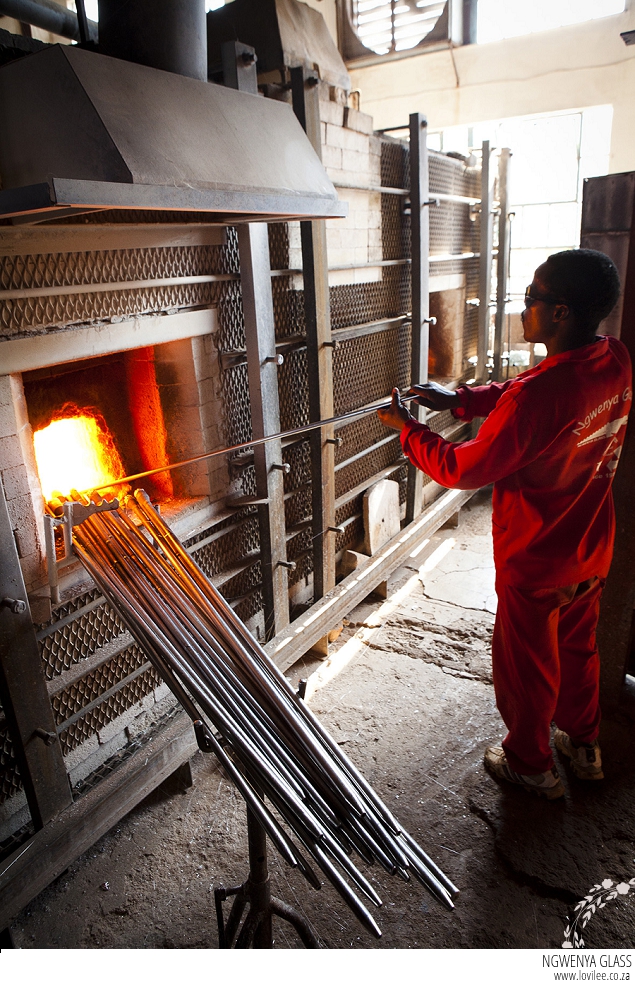
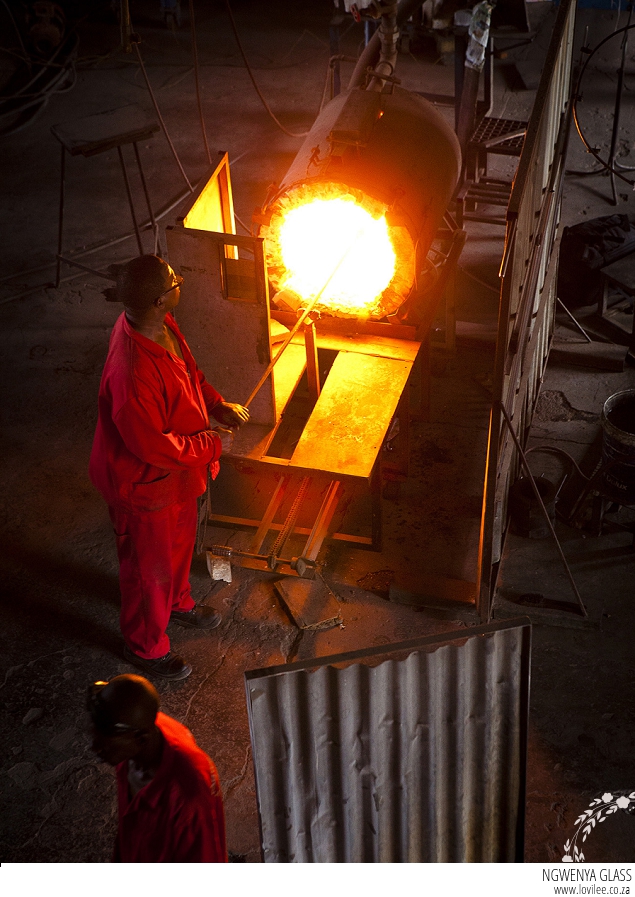
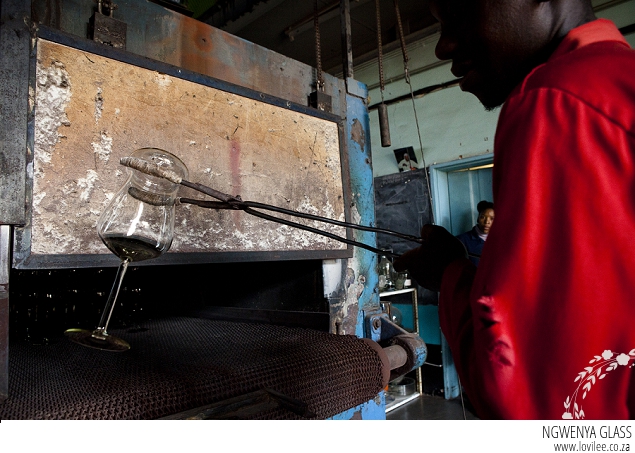
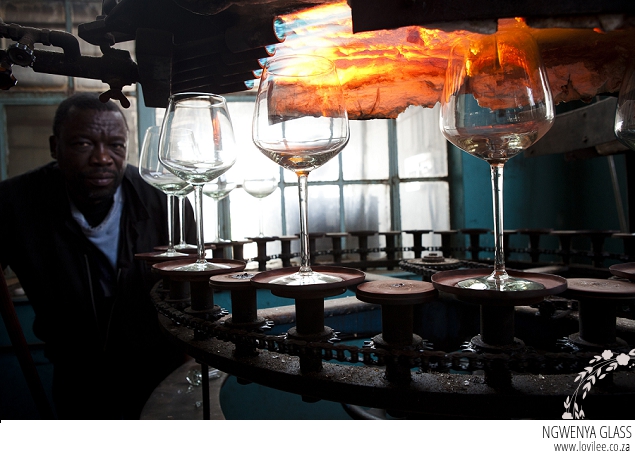
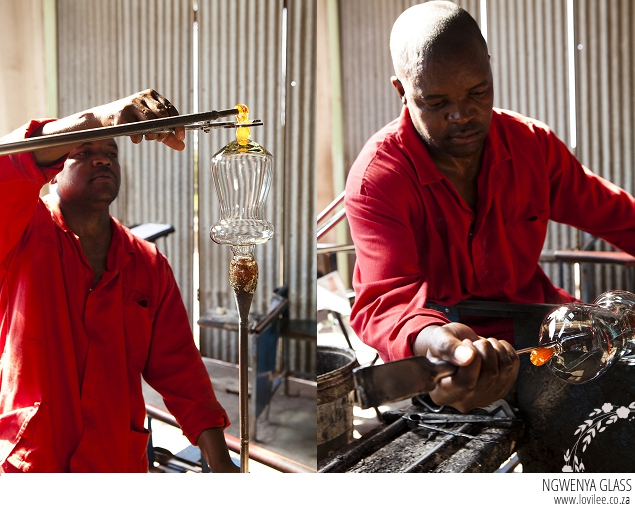
&nsbp;
Also, here with some expert tips on making your glassware last: link.
Let's get social
Instagram: @lovilee_zaTwitter: @lovilee_za
Facebook: @lovileeblog
or subscribe to never miss out on any new articles in this link.

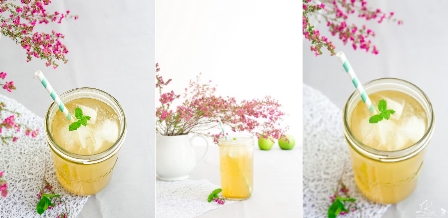
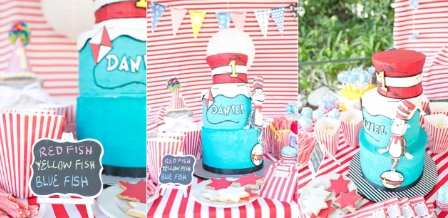
Comments are closed.